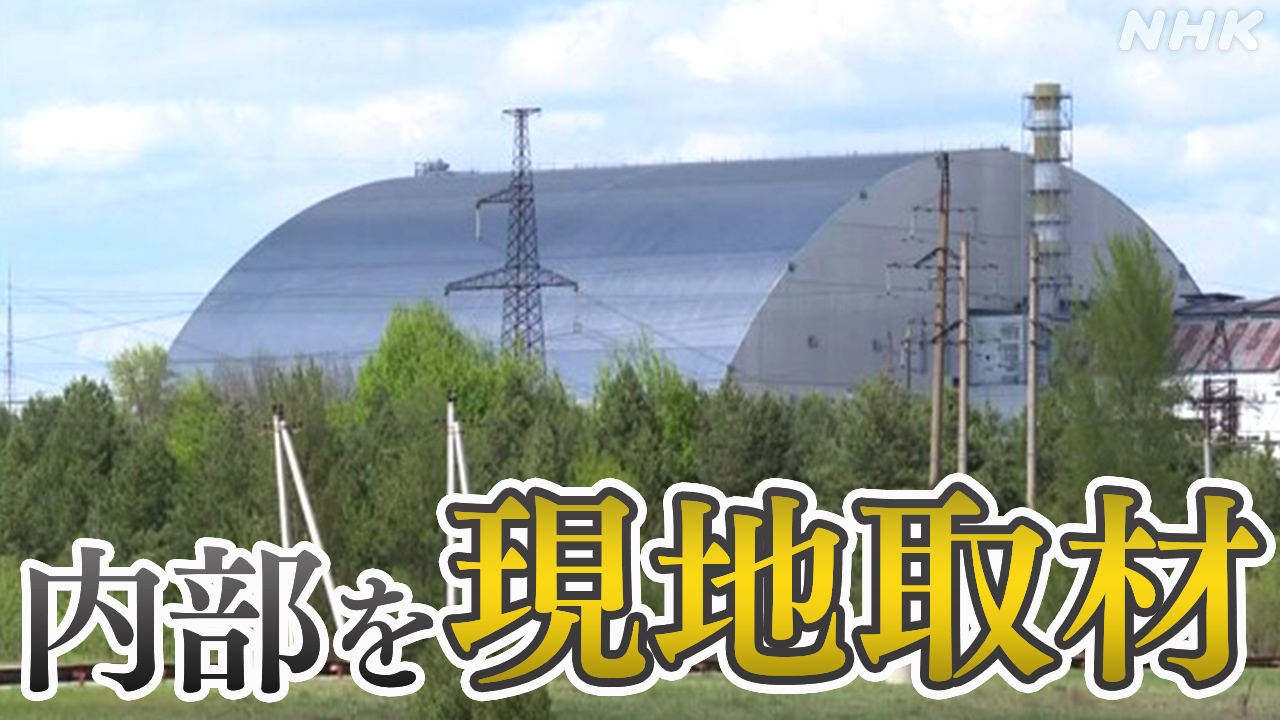Post-Attack Assessment: Chernobyl Nuclear Plant - A Critical Examination of Risks and Resilience
The recent conflict in Ukraine has cast a long shadow over the Chernobyl Nuclear Power Plant, raising profound concerns about the potential for further damage and the long-term consequences of any disruption to the site's stability. This article provides a comprehensive post-attack assessment of the Chernobyl Nuclear Plant, examining the existing risks, the impact of the conflict, and the crucial steps needed to ensure the long-term safety and security of this sensitive location.
The Pre-Existing Risks: A Legacy of Instability
Even before the renewed conflict, the Chernobyl Exclusion Zone presented significant challenges. The site, the location of the 1986 nuclear disaster, remains inherently unstable. These pre-existing risks include:
- Degraded Infrastructure: Years of neglect and limited resources have left the plant's infrastructure vulnerable to deterioration. Aging equipment and insufficient maintenance pose a constant threat.
- Environmental Factors: The Exclusion Zone's unique environment, including wildlife and unstable soil conditions, contributes to ongoing challenges in managing the site.
- Radioactive Waste Management: The safe and secure management of radioactive waste remains a paramount concern, requiring ongoing monitoring and careful handling. Any disruption to these processes could have severe consequences.
- Security Concerns: Prior to the conflict, security at the site was already a concern, given the vast and largely uninhabited area.
The Impact of the Conflict: Exacerbating Existing Threats
The conflict has dramatically amplified the pre-existing risks, creating a significantly more precarious situation. Key impacts include:
- Physical Damage: Reports of shelling and fighting near the Chernobyl Exclusion Zone raise serious concerns about the potential for physical damage to critical infrastructure, potentially leading to radiation leaks.
- Disruption of Monitoring: The conflict has severely hampered ongoing monitoring and maintenance efforts, hindering accurate assessment of the site's condition and increasing the potential for undetected issues.
- Staffing Challenges: Maintaining a sufficient and well-trained workforce to manage the site is crucial. The conflict has made staffing and supply chains precarious.
- Increased Security Risks: The presence of armed conflict in the vicinity introduces new and significant security risks, potentially increasing the likelihood of sabotage or theft of radioactive materials.
The International Response: A Collaborative Effort
The international community has responded to the situation with a mixture of concern and coordinated efforts. International Atomic Energy Agency (IAEA) experts have played a vital role in providing assessments and guidance. The IAEA’s ongoing monitoring and reporting are crucial to keeping the world informed about the situation at Chernobyl. Their work highlights the need for continued international cooperation to ensure the site's safety.
Looking Ahead: Ensuring Long-Term Stability
The future safety of the Chernobyl Nuclear Plant requires a multifaceted approach:
- Enhanced Security Measures: Strengthened security protocols, including increased surveillance and personnel, are essential to mitigating potential threats.
- Improved Infrastructure Maintenance: Significant investment in infrastructure repair and modernization is crucial to enhance the plant's long-term resilience.
- International Collaboration: Continued international cooperation, particularly through the IAEA, is paramount to ensuring effective monitoring, technical assistance, and resource sharing.
- Improved Waste Management Strategies: Investing in advanced waste management technologies and strategies is vital to ensure long-term safe storage and disposal.
Conclusion:
The post-attack assessment of the Chernobyl Nuclear Plant highlights the critical need for sustained attention, significant resources, and ongoing international collaboration to mitigate risks and ensure the long-term safety and security of this historically significant and inherently unstable location. The consequences of neglecting this responsibility could have devastating global implications.
(Note: This article is for informational purposes only and does not constitute professional advice. For the most up-to-date information, please consult the IAEA website and other reputable news sources.)
